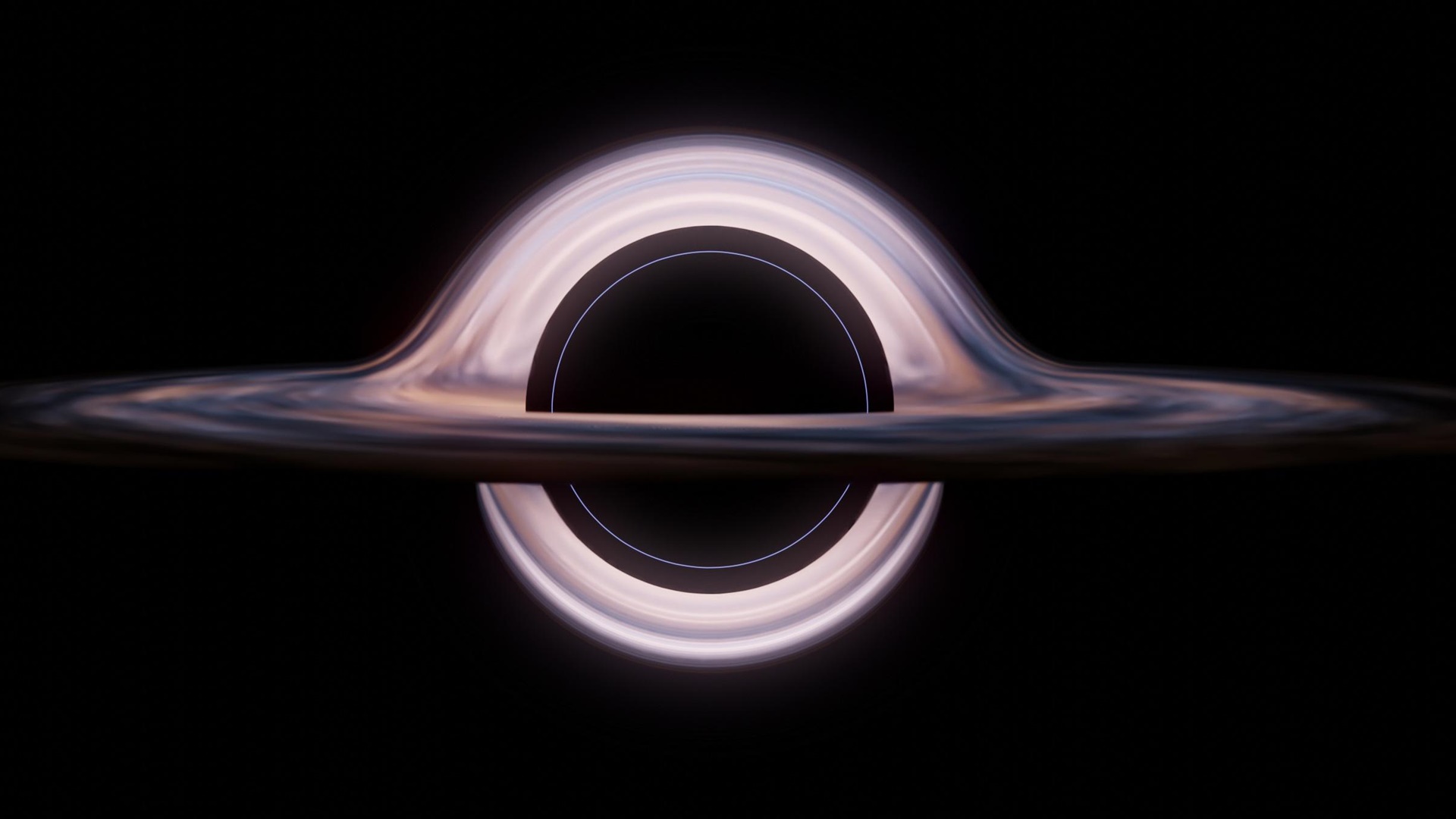Black holes can make sounds. Okay so technically this isn’t always true because, space being devoid of a medium for sound waves to travel means you wouldn’t actually be able to hear a black hole even if you were able to stand next to it.
However, the black hole at the centre of the Perseus galaxy sends out pressure waves that cause ripples in the hot gas cloud within the galaxy and these ripples could be translated into a music note.
But even if you were able to translate that note, NASA says it’s 57 octaves below middle C so humans wouldn’t even be able to hear it anyway, until now.
NASA’s Chandra X-ray Observatory has used data from the Perseus Galaxy’s black hole and sonified it. The result can be heard in the video below.
“In this new sonification of Perseus, the sound waves astronomers previously identified were extracted and made audible for the first time. The sound waves were extracted in radial directions, that is, outwards from the center. The signals were then resynthesized into the range of human hearing by scaling them upward by 57 and 58 octaves above their true pitch. Another way to put this is that they are being heard 144 quadrillion and 288 quadrillion times higher than their original frequency,” NASA explained.
We’ll admit, the sounds coming from Perseus wouldn’t be out of place in a horror movie, but the sound you can hear from another black hole is almost, cinematic.
Using data from three telescopes to sonify the black hole at the centre of the Messier 87 creates the audio you can hear below.
The three panels in the video above were created using data from X-rays observed by Chandra, optical light observed by the Hubble Space Telescope and radio waves collected from the Atacama Large Millimeter Array in Chile.
“The brightest region on the left of the image is where the black hole is found, and the structure to the upper right is a jet produced by the black hole. The jet is produced by material falling onto the black hole. The sonification scans across the three-tiered image from left to right, with each wavelength mapped to a different range of audible tones,” NASA explains.
By using different data sources from the same point, the result is more musical and wouldn’t feel out of place in a film like Interstellar.
Should this pique your interest about the sounds of the galaxy – as it has ours – then we highly recommend heading over to Chandra X-ray Observatory’s website for more on the subject.
[Image – CC 0 Pixabay]

